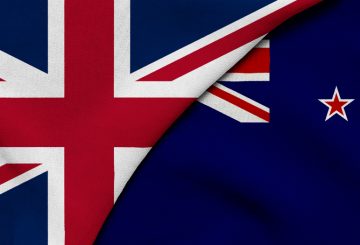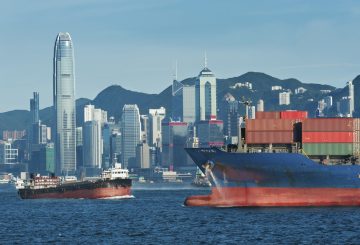资料来源:环球时报
新西兰总理雅辛达·阿登周日在接受电视采访时说,新西兰现在与中国有 “成熟” 的关系,允许存在分歧。
在亚太经济合作组织(APEC)领导人周开幕的前一天,阿登认为这是新西兰几十年来主办的最重要的国际活动之一,她重申新西兰将奉行对华诚信的政策。
阿登在接受采访时说:“我们仍然相信,我们之间的关系已经成熟,可以提出我们关心的问题,无论是人权问题,还是劳动问题,还是环境问题。”“对我们来说,非常重要的是,无论这些贸易关系如何,我们都能继续做到这一点并做到这一点。”
不到几天前,中国总领事阮平也承认中国和新西兰之间的密切关系。
阮在周三接受采访时说:“中国和新西兰已经发展成为具有密切文化交流的全面战略伙伴,发展与合作的水平在许多领域都领先于中国和其他发达国家。”
多年来,中国已成为新西兰最大的贸易伙伴和第二大外国投资来源。阮说,尽管受到 COVID-19 疫情的影响,但中新经贸合作仍显示出强大的韧性。
中国最近正式申请加入《全面渐进的跨太平洋伙伴关系协议》和《数字经济伙伴关系协议》。阮指出,新西兰作为两项协议的保存国,也为两国之间的双边合作建立了更广泛的平台。
新西兰众议院前议员杨健周日告诉《环球时报》,中国和新西兰之间的相互信任是建立在数十年良好交流的基础上的。
杨说:“由于中美关系仍处于控制之中,新西兰仍有独立外交的空间。”“与此同时,中国意识到新西兰的困境,因此中国对新西兰的期望更加现实。”
杨承认新西兰在亚太经合组织框架内的 “润滑剂” 作用。“新西兰传统上专注于通过社会和经济手段而不是军事手段解决国际争端,并愿意在亚太地区发挥积极作用。”
他还指出,新西兰具有独特的国际地位,始终保持积极的形象。“新西兰在亚太经合组织国家中享有良好的声誉,这有助于它在大国之间的关系中发挥 ‘润滑剂’ 作用。”
作为第一个与中国签署自由贸易协定的发达国家,新西兰与中国有着重要的贸易关系。两国在 1 月份升级了自由贸易协定,而中国与新西兰邻国澳大利亚的关系自 2018 年以来恶化。
亚太经合组织领导人周将于周一至周五举行,届时阿登将主办包括中国、美国和日本在内的亚太领导人在线峰会,讨论该地区如何从疫情和随之而来的经济危机中恢复过来。






























































